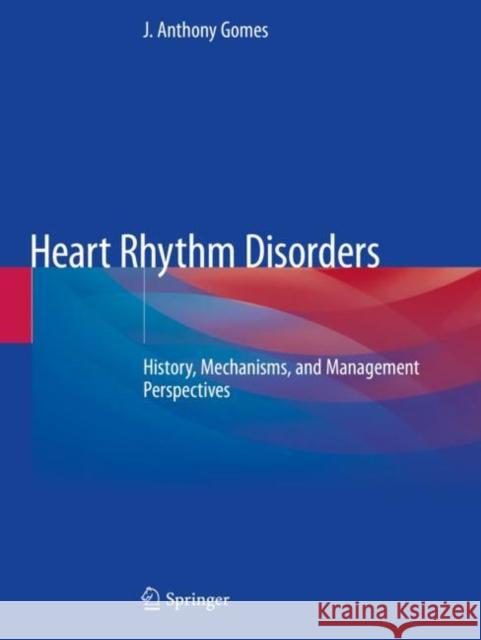Heart Rhythm Disorders: History, Mechanisms, and Management Perspectives » książka
topmenu
Heart Rhythm Disorders: History, Mechanisms, and Management Perspectives
ISBN-13: 9783030450687 / Angielski / Miękka / 2021 / 496 str.
Heart Rhythm Disorders: History, Mechanisms, and Management Perspectives
ISBN-13: 9783030450687 / Angielski / Miękka / 2021 / 496 str.
cena 625,41 zł
(netto: 595,63 VAT: 5%)
Najniższa cena z 30 dni: 597,58 zł
(netto: 595,63 VAT: 5%)
Najniższa cena z 30 dni: 597,58 zł
Termin realizacji zamówienia:
ok. 22 dni roboczych
Bez gwarancji dostawy przed świętami
ok. 22 dni roboczych
Bez gwarancji dostawy przed świętami
Darmowa dostawa!
Kategorie BISAC:
Wydawca:
Springer
Język:
Angielski
ISBN-13:
9783030450687
Rok wydania:
2021
Wydanie:
2020
Ilość stron:
496
Wymiary:
27.84 x 21.39 x 0.79
Oprawa:
Miękka
Wolumenów:
01











